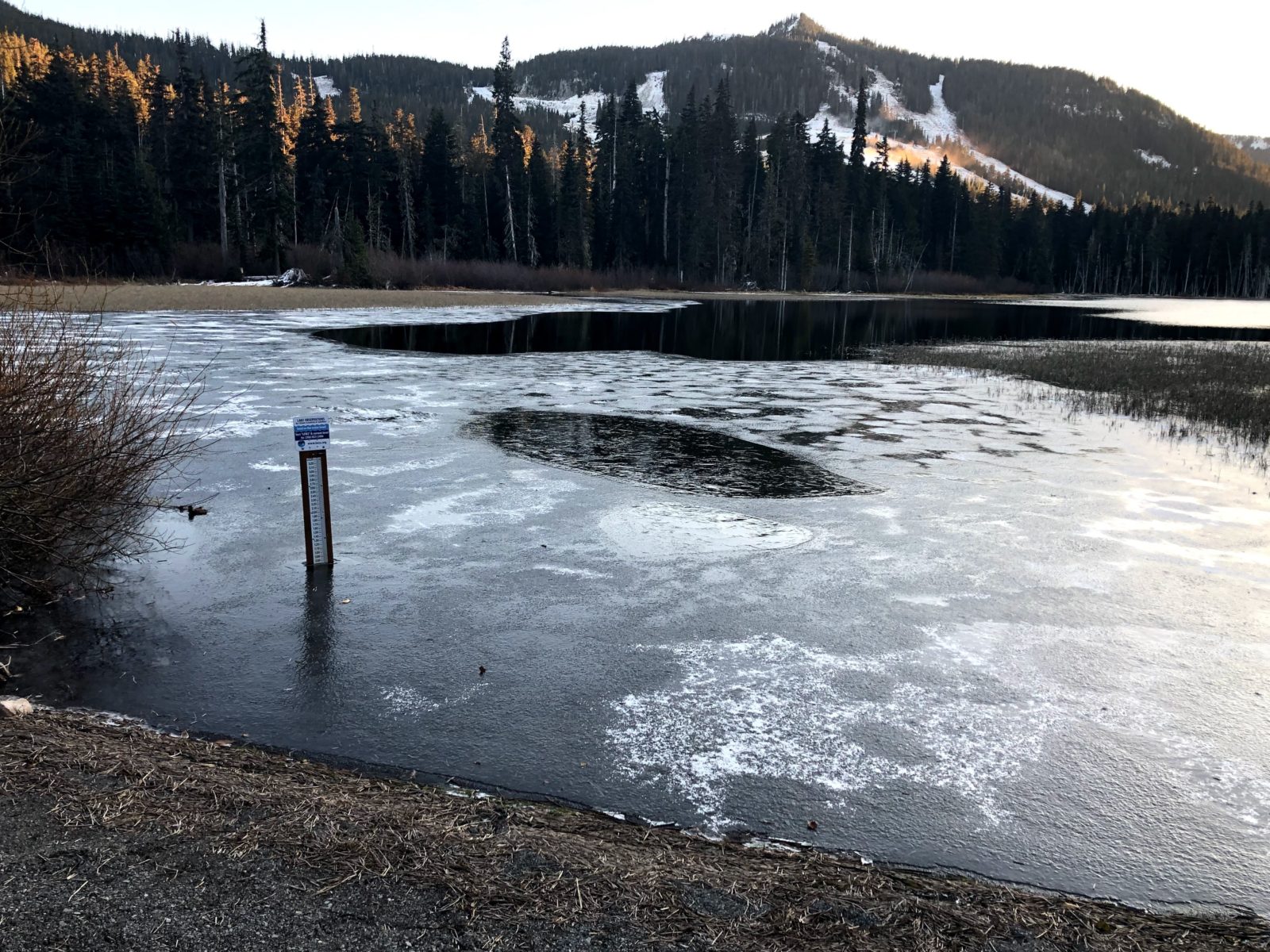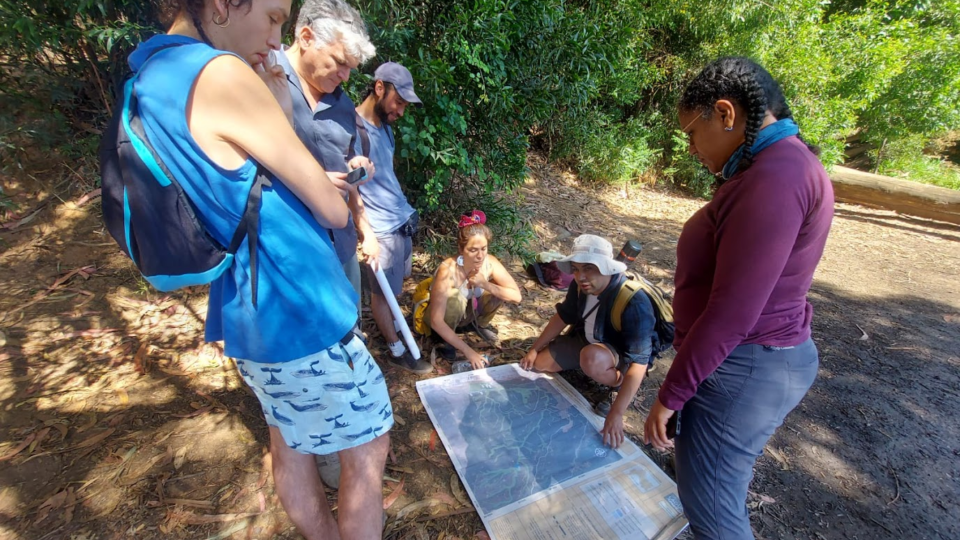Our Lake Freezes, Do We Remove The Gauge?
 Ice forming around a LOCSS gauge in Leech Lake, Washington
Ice forming around a LOCSS gauge in Leech Lake, Washington
With winter fast approaching, we are receiving lots of questions about what to do with gauges installed in lakes that freeze in the winter. We do not need lake height measurement from frozen lakes, but does that mean the the gauge should be removed in winter? We recommend removing some lake gauges for the winter, but it's not necessary for all gauges to be removed from lakes that freeze. We've put together a list of scenarios to help you determine if your gauge needs to be removed for the winter or not.
Regardless of whether you need to remove your gauge or not, it is extremely important to reference your gauge to a fixed point nearby both before and after the winter season. This is a very simple task, and you can learn about how to do it by clicking here.
You DO Have To Remove Your Gauge If Your Gauge Is Installed On A Freestanding Post And:
- A thick layer of ice forms on the lake each winter
- There will be ice movement, such as ice floes, in the winter
- You believe there is a good chance of the gauge being lost or significantly damaged during the winter
You DO NOT Have To Remove Your Gauge If:
- The gauge is installed on a dock or fixed pier that will not move up and down, or side to side, during the winter
- Ice rarely forms on the lake, or only a very thin layer forms (such as in the photo above).
- A thick layer of ice forms, but there is little chance of the gauge being damaged or moved because there is likely not moving ice
If the gauge is removed for the winter, simply reinstall it in the spring when the ice melts (instructions here). After installing the gauge, be sure to reference your gauge the same fixed point your referenced it to before it was removed.
If you left your gauge over the winter, then you can start submitting lake height measurements as soon as the lake thaws. If the gauge has moved or been knocked out of level during the winter, you will need to reinstall it and reference it to the fixed point you used before the winter. And even if it looks to be straight, it's still a good idea to reference it again in the spring so that you can determine if the gauge moved up or down during the winter.
Please report any of these to the LOCSS team at [email protected]. And if you have any questions or concerns, please reach out.
LOCSS News
We share stories about the lakes in our study, our partners and volunteer citizen scientists, as well as interesting results from our research.





